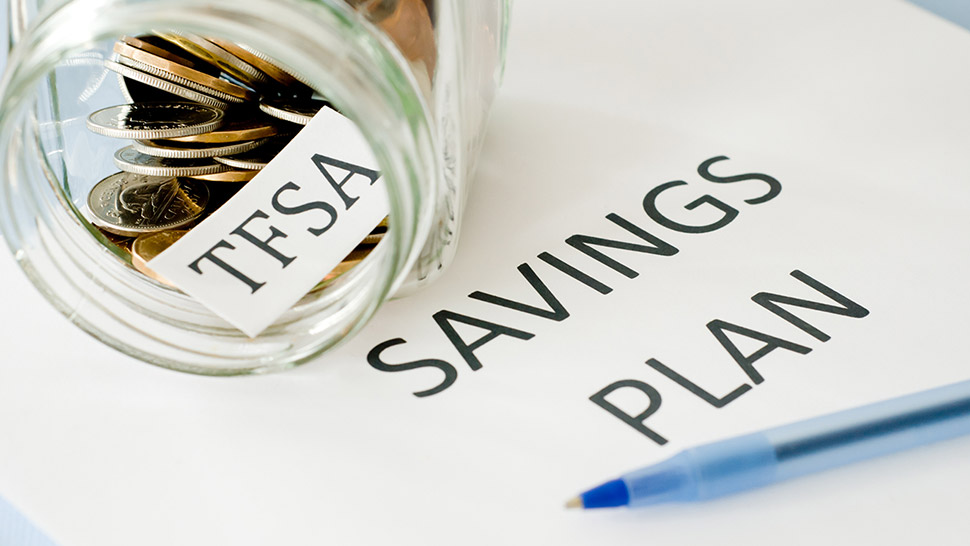When the TFSA was first introduced in 2009, it was mostly used as a place to stash a bit of short-term money. Back then, you could only contribute $5,000 per year, but additional room has been generated every year since (in 2019, the annual dollar limit increased to $6,000, to adjust for inflation). If you’ve never contributed to a TFSA, were 18 or older in 2009 and have been a resident of Canada since then, you would have contribution room of $81,500 in 2022.
As contribution room grows, the TFSA is becoming an even more important savings vehicle. Why? Because any money in a TFSA is allowed to grow tax-free. That includes interest, dividends and capital gains.
Now that contribution room is more substantial, how should people be using their TFSA today?
Is the TFSA becoming more of a long-term savings tool?
It is. If you received, say, a 5% annual return on a $5,000 investment and held it in your TFSA for 20 years, it would be worth $13,226. An investment of $81,500, however, with the same return, would be worth $216,244 in 20 years. That growth of $134,744 would be completely tax-free.
So, people are starting to see significant growth, and that encourages them to look at the TFSA as more of a long-term savings vehicle.
What’s one mistake people make when it comes to their TFSA?
It’s around withdrawals. When you remove money from the account, you can’t add it back until the following year. For instance, if you take out $5,000 in 2022, you can only re-contribute that amount in 2023. If you make your withdrawals as late as you can in the year, you’ll get that room back very quickly.
Should an RRSP still be the first place to invest for high-net-worth individuals?
Many of them should still be using RRSPs, because RRSP room is higher than with a TFSA. Some high-income earners generate $29,210 a year in RRSP room (the maximum RRSP contribution allowed for 2022), so there’s a big tax saving there. In general, if your marginal tax rate is higher today than it will be in retirement, then you should use an RRSP. Younger people with lower incomes might be better off contributing to their TFSA, and then later, when their income increases, use that TFSA money to fund their RRSP.
What is a good way for a high-net-worth individual to use their TFSA today?
Now that there’s more contribution room, if you were to maximize your RRSP, this would generate a fairly significant tax saving. Rather than spending the refund, you should invest it inside a TFSA and start accruing even more tax-free money.
For people over 71 who don’t need the income from their Registered Retirement Income Fund (RRIF), but are forced to withdraw the minimum payment each year, think about putting your after-tax RRIF proceeds into a TFSA. You’ve now converted taxable investment income into non-taxable income.
Can you have investments inside your TFSA that are similar to those in your RRSP?
You can, but right now a lot of people still think of it as a short-term savings vehicle. That will change as people get older and have more money in their TFSA. People should be giving the same amount of consideration to their TFSA as they do to their RRSP. Eventually we’ll have a situation where people will have hundreds of thousands of dollars in their TFSA, depending on how well they’ve done. We’re not there yet, but you shouldn’t treat the TFSA as a lesser account.
Making the most of your TFSA contribution room
Your IG Consultant can help you to maximize the benefits of a TFSA, depending on your unique circumstances. Make an appointment to discuss this with them today. If you don’t have an IG Consultant, you can find one here.
Written and published by IG Wealth Management as a general source of information only, believed to be accurate as of the date of publishing. Not intended as a solicitation to buy or sell specific investments, or to provide tax, legal or investment advice.







